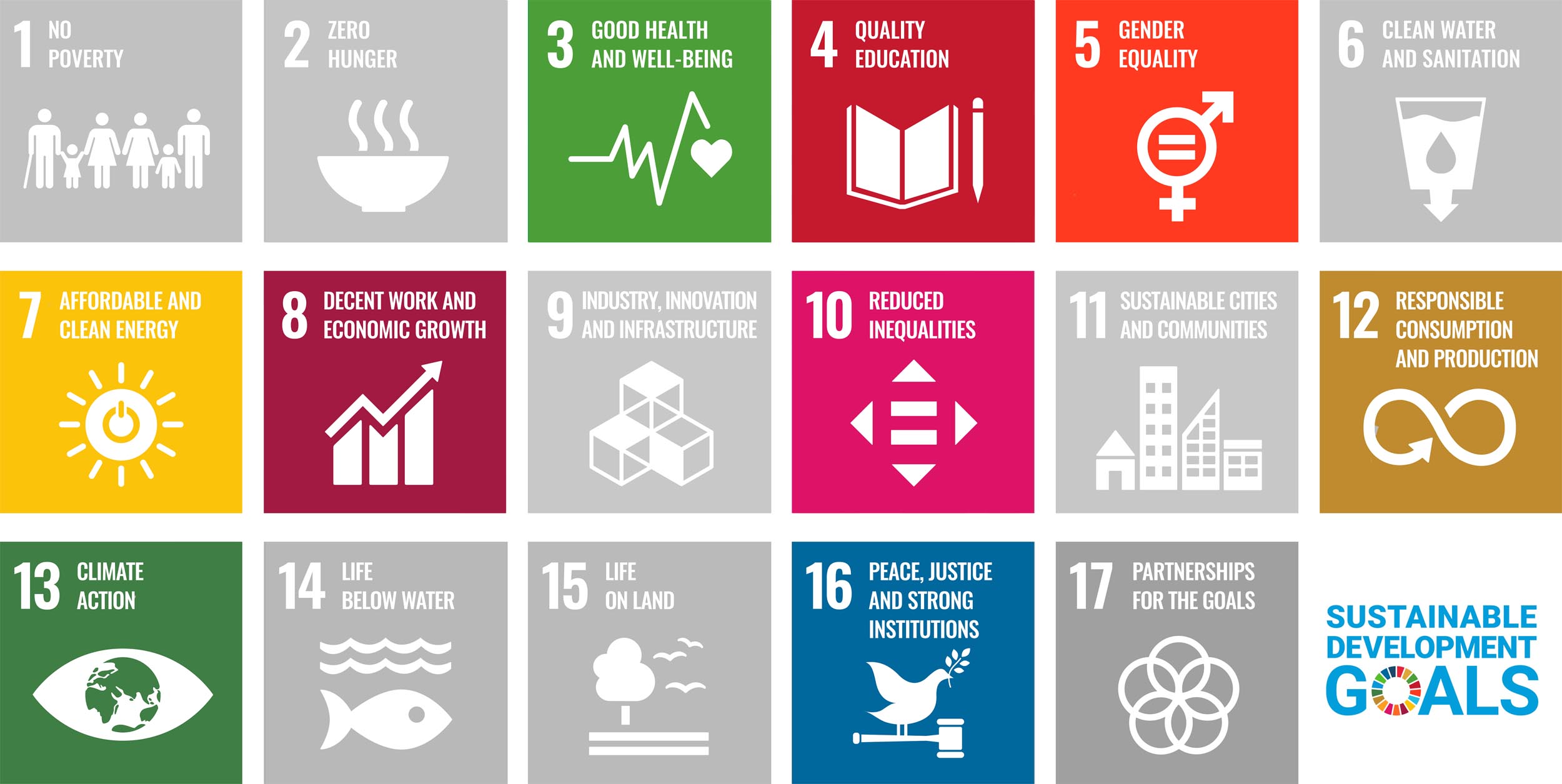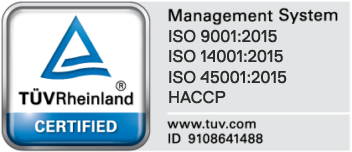Chemnovatic ESG Strategy

ESG compliance at Chemnovatic
Chemnovatic ESG strategy defines a set of environmental, social, and management objectives, which we plan to accomplish in order to develop in a more sustainable way.
ESG approach introduces non-financial indicators for the companies’ evaluation. While financial indicators are important, non-financial ones provide a broader picture of the company, which may be important for some stakeholders.
We have introduced an ESG strategy to improve environmental, and social standards and company management. We believe that improving the company’s non-financial performance will not only make us grow more sustainably but also will help us increase the value we deliver to the customers.
Our goal is to enhance our practices in a way that aligns with ESG standards and adheres to world-class methodologies. In pursuit of this goal, we have not only implemented an ESG strategy but also partnered with KPMG experts to ensure its effective implementation.
A specially established project team under the supervision of Board Member Bartłomiej Gęca has prepared the ESG strategy and now is responsible for its effective implementation, KPIs monitoring, and communication.
UN Sustainable Development Goals which we implement as part of the ESG strategy
The United Nations Sustainable Development Goals (SDGs) are a set of 17 global objectives aimed at eliminating poverty, protecting the planet, and ensuring prosperity by 2030. Chemnovatic is committed to achieving 9 of these goals, contributing to global sustainable development.
Learn more about the UN goals here: Sustainable Development Goals (un.org)

Chemnovatic ESG Strategy for 2023-2025
Our ESG strategy covers all three ESG areas – Environmental, Social, and Governance. We have set six areas that we focus on, with specific objectives. Objectives have specific KPIs (quantitative and qualitative), calculation methodology, and defined time frames.







Want to learn more about sustainability at Chemnovatic?
Find out more about sustainability at Chemnovatic by clicking here.
Check out our CSR activities!
We invite you to learn more about other activities (that are not part of the ESG strategy) that we carry out as part of our sustainable development and sense of social responsibility.
Check our CSR activities.

















